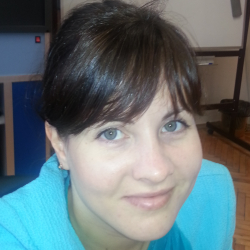Просмотр содержимого документа
«Relative clauses»

Relative Clauses and Relative Pronouns

The use of relative clauses
- To give information about things and people we have mentioned:
Students who want to go to this school
Sports which require strength
- To identify the person or thing we are talking about:
Students who go to this school have to learn a lot.
The letter ( which ) I sent a few weeks ago was lost in the post.
In these clauses we don’t use a comma in front of the relative pronoun.

We use relative pronouns in relative clauses:
- WHO (that) to talk about people:
I don’t like people who throw litter.
- THAT to talk about animals:
There’s the cat that scratched me.
- WHICH (that) to talk about things, places, etc.:
The park which is in the centre of town has a lot of trees.
- WHERE to talk about position and places:
The café where we met has closed down.

- WHOSE to talk about possession:
I met a boy whose mother teaches at our school.
- WHEN to talk about times:
I’ll never forget the day when we first met.

We can omit the relative pronoun which , that and who in relative clauses if it is not the subject of the relative clause.
- The girl ( who ) you met is my cousin. (the subject of the relative clause is you)
- Green Lemon is the café ( which/that ) we like most. (the subject of the relative clause is we)

Some examples.
1. That’s the song that my mum likes best.
The relative pronoun is
THAT
Can it be omitted?
Yes
Because the subject of the relative clause is
MY MUM

2. That’s the song that was recorded last year.
The relative pronoun is
THAT
Can it be omitted?
NO
Because the subject of the relative clause is
THAT

3. She’s the singer that is on tour in Europe at the moment.
The relative pronoun is
THAT
Can it be omitted?
NO
Because the subject of the relative clause is
THAT

4. She’s the singer that my parents met on holiday last year.
The relative pronoun is
THAT
Can it be omitted?
YES
Because the subject of the relative clause is
MY PARENTS


























